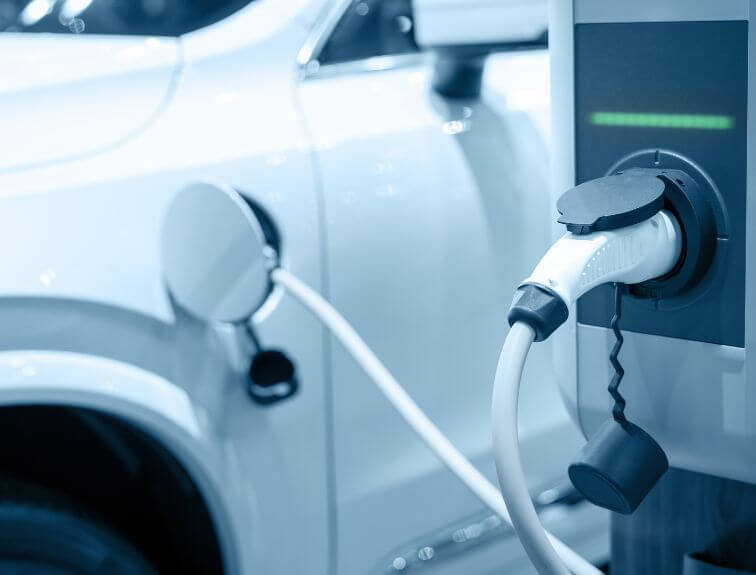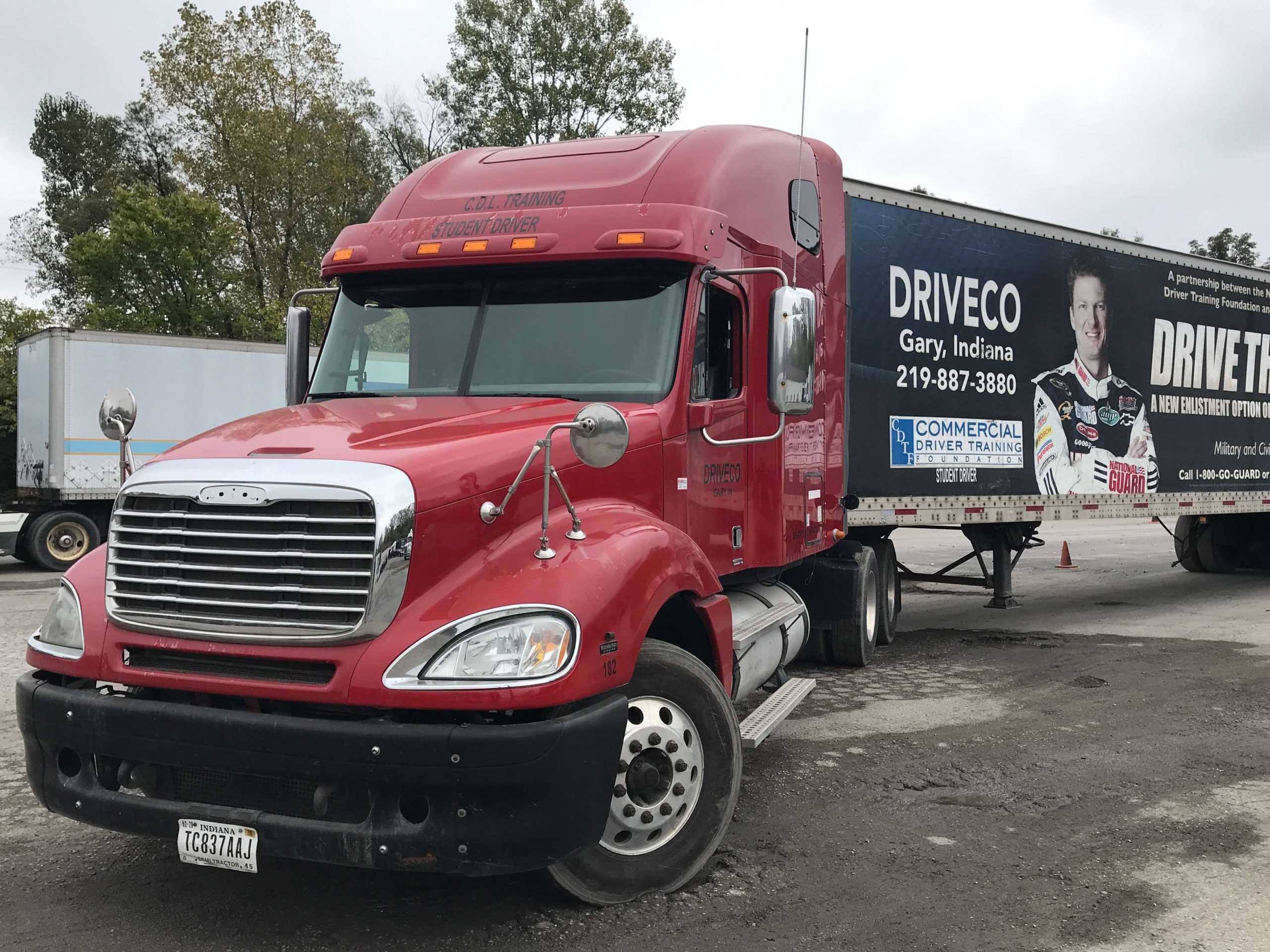Electric vehicles have become a hot topic of conversation in recent years as many top companies have debuted their own EVs following the release of the Tesla. As more and more electric vehicles enter the market and over 10 million sold in 2022, it begs the question: what does this mean for semis?
While electric semis are already on the market, it will be a while before many of them will be used for long-haul trips. This is due to battery life and charge time, giving them lower trip ranges. Regional and urban areas with shorter travel times between distances will see them first.
Electric Semis on the Market
Besides Tesla, companies such as Volvo, Peterbilt, and Freightliner have created electric semis that are increasingly being put into use each year.
Volvo’s VNR Electric has a range of up to 275 miles and is equipped with fast charging abilities, allowing drivers to get to an 80% charge in as little as 90 minutes. This truck is part of the company’s commitment to reduce pollution, noise, and traffic.
Peterbilt has three EVs: 579, 220, and 520. All three were made for shorter hauls and local deliveries and have a range of up to 200 miles. Their regenerative braking systems help to extend the battery life by transferring energy back into the battery packs and reducing brake pad wear.
Freightliner’s eCascadia was named and modeled after its fueled counterpart. This vehicle has a range of 230 miles, a max load capacity of 82,000 lbs, and a recharge time of 0-80% in 90 minutes.
Each of these trucks are Class 8 vehicles. This is the highest, heavy-duty vehicle type, with a GVWR (gross vehicle weight rating) of over 33,000 lbs. Class 8 trucks are primarily used commercially, hauling heavy loads and transporting large quantities of goods, making these electric semis perfect for the industry.
Benefits of EV implementation
Though the battery life of electric vehicles continues to be in development, it’s no secret that EVs are better for the environment. Diesel-fueled semis produce 18-25% of emissions. By replacing fuel-powered vehicles, we’ll be able to make a significant reduction in emissions, as EVs have no tailpipe pollutants.
Along with being better for the environment, electricity is also cheaper than diesel, making the implementation of electric semis a better financial choice over time. Maintenance costs will also be lower, as parts will not need to be replaced as often due to the regenerative braking systems.
The Future of Electric Semis
Electric semis are here, and although their introduction is slow, we will continue to see them be used more in the coming years. The impact of emissions and environmental issues continue to be an important topic of conversation, and multiple states are creating incentives for those that make the switch from diesel to electric. This means companies have even more reasons to add EVs to their fleets, and drivers should be prepared to adapt to the incoming changes within the industry.




